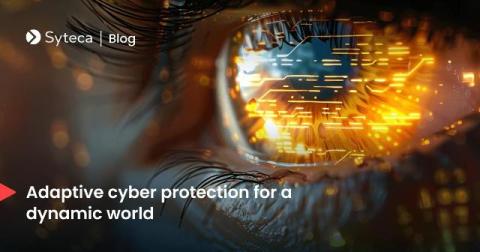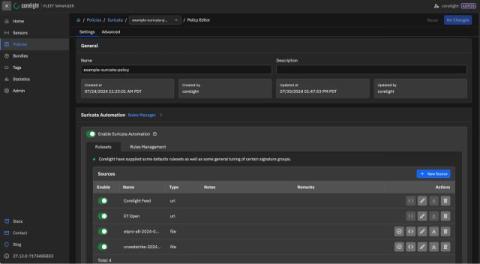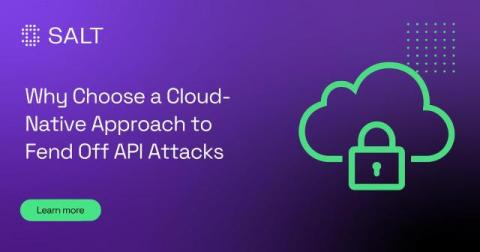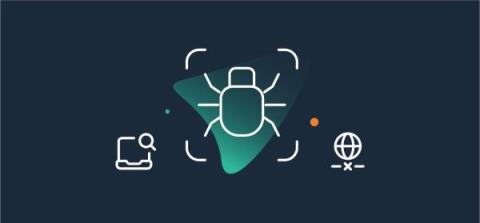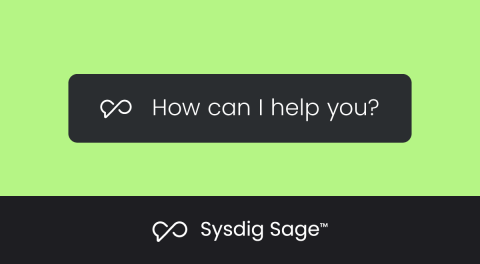Continuous Adaptive Trust: The Key to Agile Cybersecurity
First coined by Gartner in 2021 (subscription required), the term continuous adaptive trust is gaining popularity. This new authentication model might be the solution to constantly evolving threats, strict regulatory requirements, and cloud vulnerabilities. Continuous adaptive trust represents a shift in cybersecurity, moving beyond traditional static access management models to a dynamic, real-time approach that continuously evaluates trust levels based on changing risk factors.


